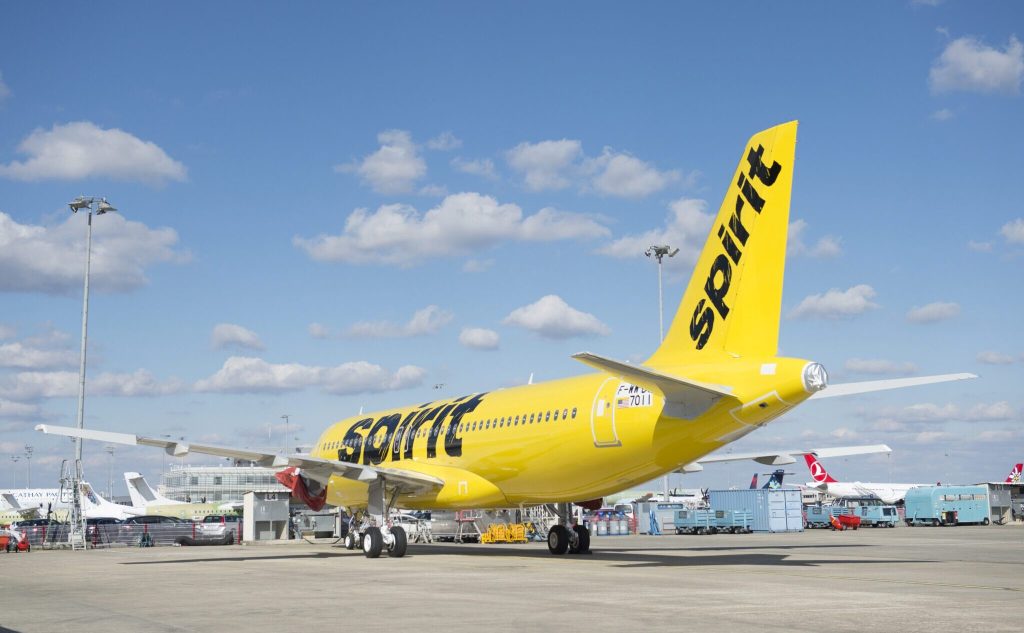Spirit Airlines is looking to strengthen its balance sheet by selling 23 Airbus A320s and A321s in a deal worth $519 million with GA Telesis. This move is expected to provide Spirit with approximately $225 million in liquidity through the end of 2025. As a result of the sale of these aircraft, Spirit anticipates a decrease in capacity for 2025 to the mid-teens. Additionally, issues with Pratt & Whitney geared turbofan engines and the retirement of older A319 planes will further contribute to the capacity decrease. However, the airline has six new A321neo aircraft scheduled for delivery in 2025.
In light of the aircraft sale and the challenges facing the airline industry, Spirit Airlines is reportedly exploring filing for bankruptcy and potentially merging with Frontier Airlines. Talks between Spirit and Frontier are said to be in the early stages and may not result in a deal. A merger with Frontier could be part of Spirit’s efforts to restructure its debt and address other liabilities related to bankruptcy. Spirit has extended a key deadline for refinancing more than $1.1 billion in debt related to a credit card processing agreement.
The Skift Travel 200 (ST200) provides insight into the financial performance of nearly 200 travel companies worldwide, including airlines. The index offers a comprehensive view of how companies in the travel sector are faring financially. Spirit Airlines’ decision to sell aircraft and potentially merge with Frontier comes amid a challenging period for the airline industry, with capacity reductions and financial pressures impacting carriers around the globe. By taking these strategic actions, Spirit aims to bolster its liquidity and navigate the uncertain economic climate facing the travel sector.
The aircraft sale is part of Spirit Airlines’ efforts to enhance its liquidity and financial position amid ongoing challenges in the airline industry. The sale of 23 Airbus A320s and A321s is expected to generate approximately $225 million in liquidity for the airline through 2025. Spirit anticipates a decrease in capacity for 2025 due to various factors, including the sale of aircraft, issues with Pratt & Whitney geared turbofan engines, and the retirement of older A319 planes. The potential merger with Frontier Airlines is seen as a way for Spirit to restructure its debt and address other financial obligations.
Despite the challenges facing Spirit Airlines and the broader airline industry, the company remains focused on maintaining financial stability and exploring strategic partnerships to strengthen its position in the market. The extension of a key deadline for debt refinancing and the potential merger with Frontier Airlines indicate Spirit’s commitment to navigating the current economic climate and ensuring its long-term viability. As the industry continues to face uncertainty and volatility, Spirit Airlines is taking proactive steps to address its financial challenges and position itself for future growth and success.















